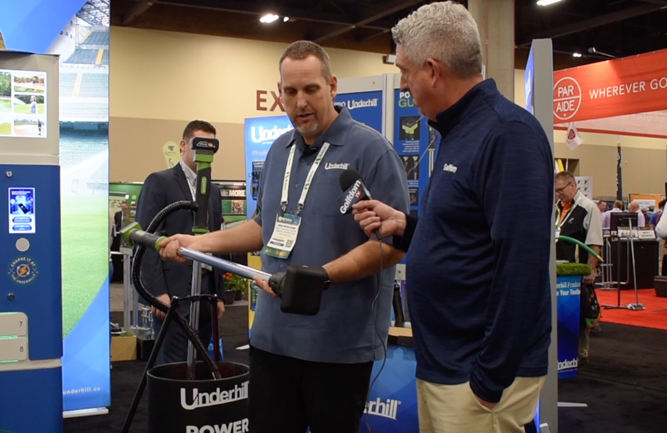Be on the lookout for winter dessication
Winter desiccation is the death of turfgrass leaves or plants from winter drying. Desiccation occurs most often on open semi-dormant turf exposed to windy low atmospheric humidity conditions. The two major types of winter desiccation are termed atmospheric and soil drought (Beard, 1973).
Atmospheric drought is normally associated with leaf tissue death. Favorable conditions for this type of desiccation are periods of sunny windy conditions combined with low atmospheric humidity. The soil may have adequate soil moisture but is frozen or cold enough to increase the viscosity of the soil water to the point where uptake is severely restricted. Plants with restricted or shallow root systems like Poa annua are sensitive to atmospheric drought. Desiccation symptoms appear similar to drought in that the leaves are brittle, dry and have a burned look.
The second type of desiccation occurs under low atmospheric humidity conditions and progressively droughty soil conditions due to a lack of rain or snow. Desiccation resulting from soil drought conditions can cause plant death. In cool arid regions of the world like the western arid regions of the United States, this type of desiccation is common.
When dealing with exposed turf, low humidity and breezy or windy conditions, a good predictor for desiccation is temperature. When air temperatures exceed average soil temperatures by more than 20 degrees, conditions are favorable for desiccation.










